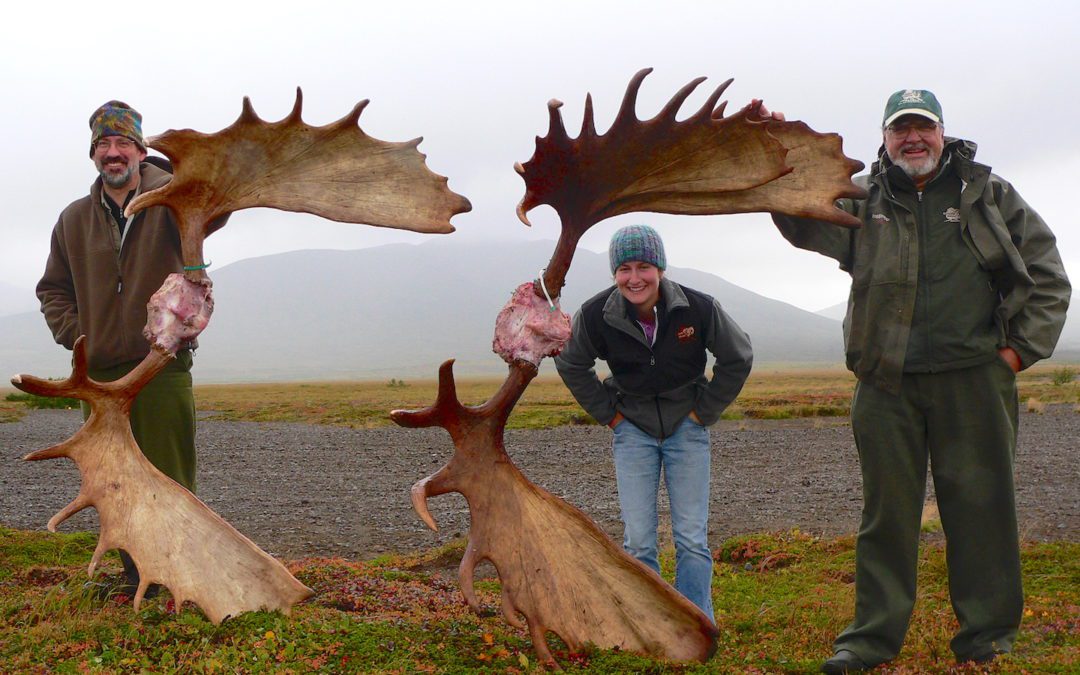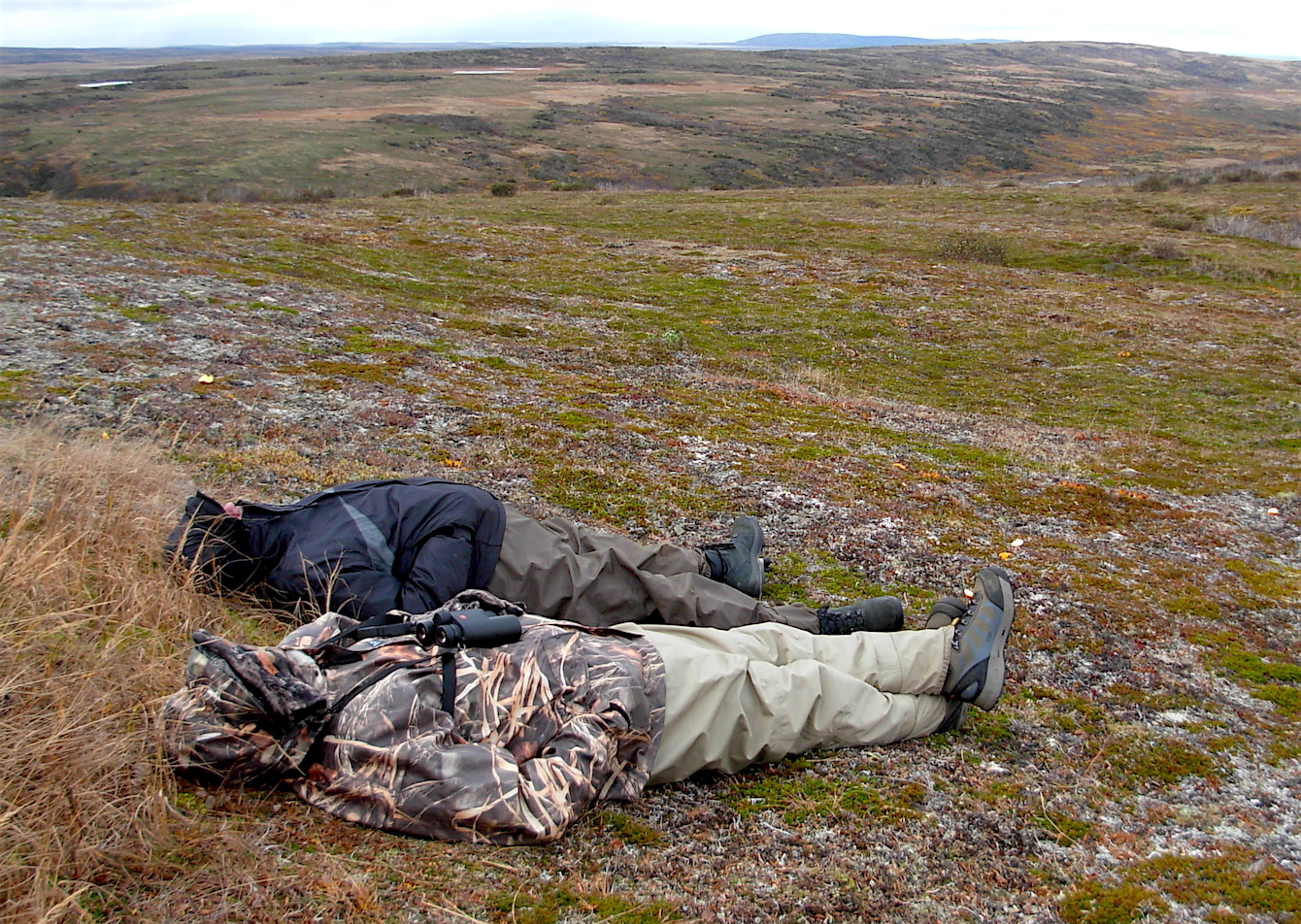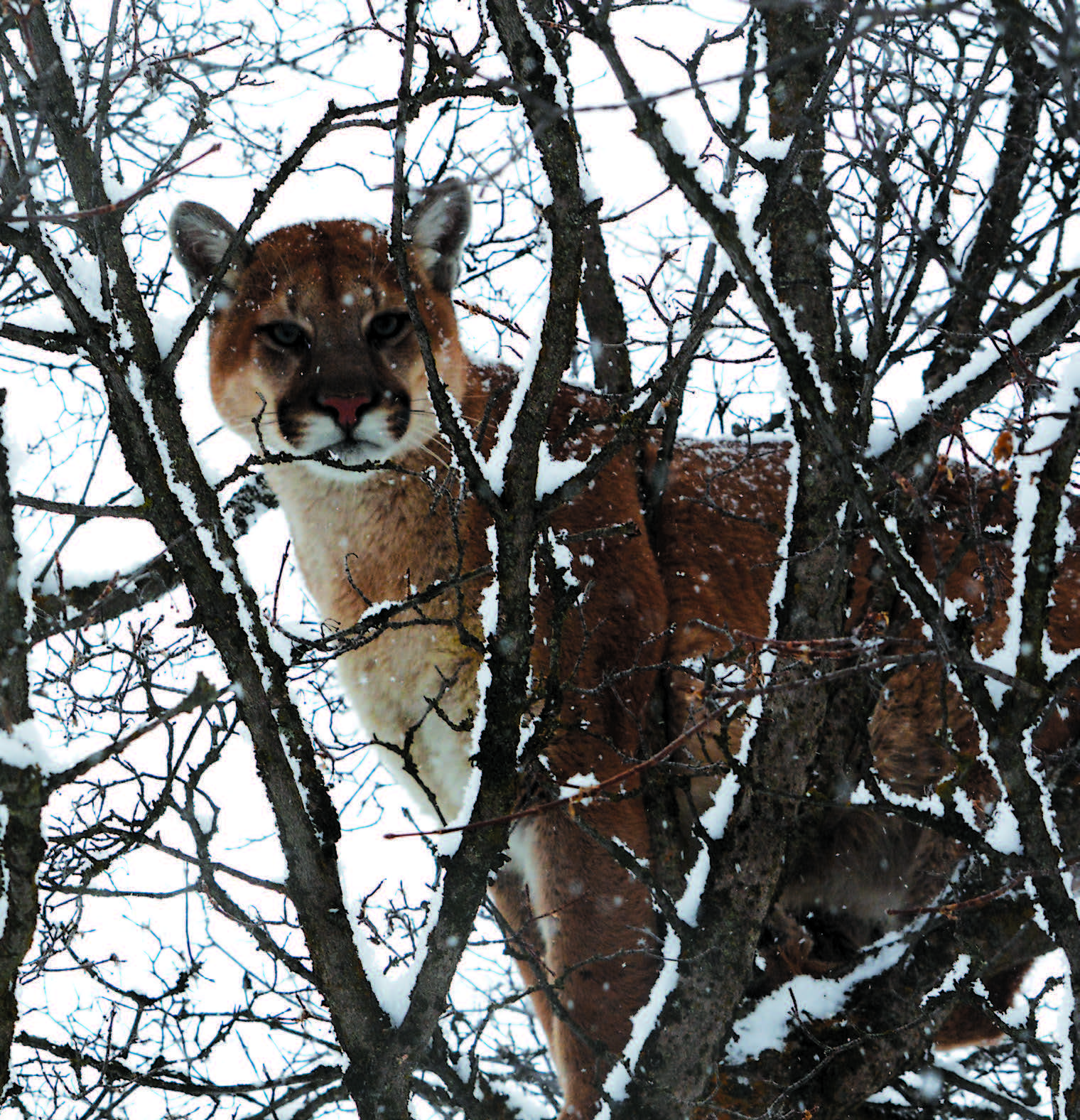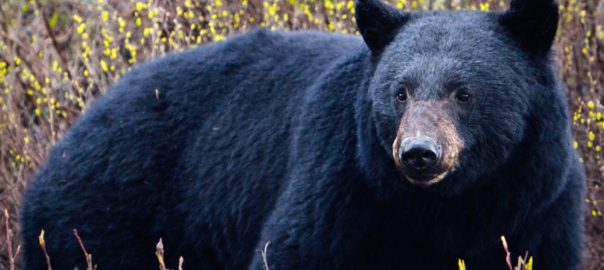An Alaska hunt is a romantic ideal for many, but the reality is it’s cold, wet, windy and just plain hard sometimes. Most of the time on the Alaska Peninsula. In this two-part article professional guide Tia Shoemaker provides ten essential tips to make your Alaska hunt a dream come true. Here are the first five:
Have you heard the theory that if you ask for your steak cooked well done in a fine restaurant that you are likely to get the worst cut of meat because they realize you wouldn’t know a good one if it hit you in the face? But if you order your ribeye cooked “blue rare” you will receive the finest steak because they know anyone who uses that term knows meat! It is sort of like that on a guided hunt. If you know what to ask for, what to expect, and how to prepare, you are more likely to have a good experience.
1) Research the outfitter and area
I have heard horror stories about guided hunts gone wrong because the hunter didn’t do her or his research. They paid good money, traveled long distances and went with a guiding outfit that was sub-par. The guide quit, was a wanted felon, or tried to talk them into doing something illegal. The outfit didn’t provide enough food, perhaps left meat to rot in the field. These are intolerable or illegal things for any operation, but they’ve happened. I have had clients who are surprised by what a “stand up” operation we run. My response is “We are just following the law and trying to give you what you paid for.” If you get a screaming deal be aware: the outfitter might be having trouble attracting repeat customers. Or it could be a game-poor area. If you wonder why an operation is vastly more expensive look into it. Know what you are paying for. Often the operation has a good reputation and excellent hunting and can charge more, but sometimes you are merely paying for fancier accommodations as opposed to superior hunting.
On the flip side, there is little more demoralizing to an Alaskan guide than having a client show up on a bear hunt thinking they are about to embark on an extravagant, high fence, guaranteed African safari. If you don’t know what kind of hunt it is–ask! Find out if you are hunting out of a tent, if there is a lot of time glassing or more hiking, what type of weather to expect. Know what you are getting into before you drop those big bucks.

Ask what kind of camp you’ll be hunting out of before you pack. You don’t want to arrive at a WeatherPort tent camp like this without a sleeping bag.
2) Know your firearm. Practice, shoot often, and know your limitations
When anyone asks what caliber they should bring, my response is, “The one you are most familiar with!” You want a rifle you are comfortable with. We have had clients bring the wrong ammo for their rifle. We have had clients bring a caliber they had never shot because they were afraid of the recoil but wanted the biggest gun. We have also had clients bring what some might call “underpowered rifles” but were, in fact, perfect for the job because the hunter was familiar with that gun and a good shot. I had a client who was familiar enough with his pistol to know he could make a reliable shot at 100 yards and he wasn’t willing to push that. He shot a monster bruin just under 100 yards and killed it with one shot.

Being familiar with your rifle, shooting it often and having a good scope are all important to a successful hunt. Pictured here is a custom, stainless/synthetic, Echol’s rifle with a Swarovski scope that can handle the worst weather on an Alaska hunt.
3) If you must stay in touch, bring the necessary device.
There exist many devices with which to stay in touch with family/business in the modern day. I personally carry a Garmin inReach for emergency purposes only. Many people bring a sat phone to communicate with wives or husbands. If you do choose to stay in touch with “the outside world,” recognize that it leaves you less time to concentrate on your hunt and appreciate the remoteness of the area. Who knows…disconnecting for a bit could turn out to be something you really enjoy.

An Alaska hunt is wild, disconcertingly vast, quiet, off the grid and — well, heck, you might like it that way. But if you must stay in touch, bring your own sat phone.
4) Don’t expect things to run on the timetable you are used to
An Alaska hunt — and life in general — can seem slow to busy city folk. Really slow. Everything from communication to transportation. And most often, we like it that way. Those of us who choose this lifestyle have done so for a reason. We accept that everything is weather dependent, particularly operations that primarily use airplanes for transportation. You will do best to relax and don’t expect things to happen in a hurry.
5) Know what you want in a trophy, what you will settle for and whether you are willing to go home without an animal
Be up front with yourself and your guide about what you want in a trophy. It helps to be reasonable. Everyone wants a 10-foot bear and 70-inch moose, but half-way through the hunt would you be happy with a 9-foot bear and 60-inch moose? I personally find it irritating when someone says “I want a 10 footer and won’t compromise” but come day four this changes to, “Well my expectations lower every day and I am happy to shoot a 9-foot bear.” Being reasonable with your expectations means you put your guide under less pressure and usually have a better experience and chance of getting what you want. If you can’t stand the thought of going home without a trophy and your guide says, “That is a good representative of the species. Do you want to try for it?” you should take the opportunity even if it is day one.

Dream and anticipate the greatest trophy in history, but be realistic and prepared to shoot on the first day what you’d happily take on the last.
Alaska native and Registered Guide Tia Shoemaker grew up in a wilderness hunting camp and is doing her best to maintain the family tradition. Fish all summer, hunt all fall. Well, guide others who do that, at least. In her next blog, Tia will reveal her final 5 tips for ensuring you’re fully prepared to enjoy your Alaska hunt.
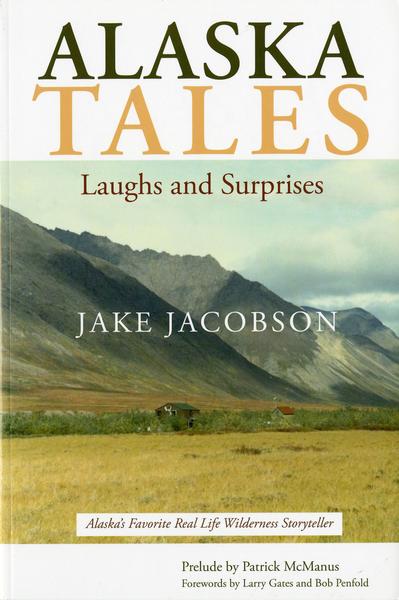 With most days of the past forty-seven years spent in Alaska, the thirty-six stories in this collection are connected primarily with Jake’s guiding activities in the Great Land. These stories were selected for their humorous content.
With most days of the past forty-seven years spent in Alaska, the thirty-six stories in this collection are connected primarily with Jake’s guiding activities in the Great Land. These stories were selected for their humorous content.
This selection of tales is trivial, eclectic, and of minimal redeeming value. But there may be some valuable bits of information, if one looks for them. These stories attempt to entertain readers, to give them a giggle, or at least a wry smirk. Shop Now

